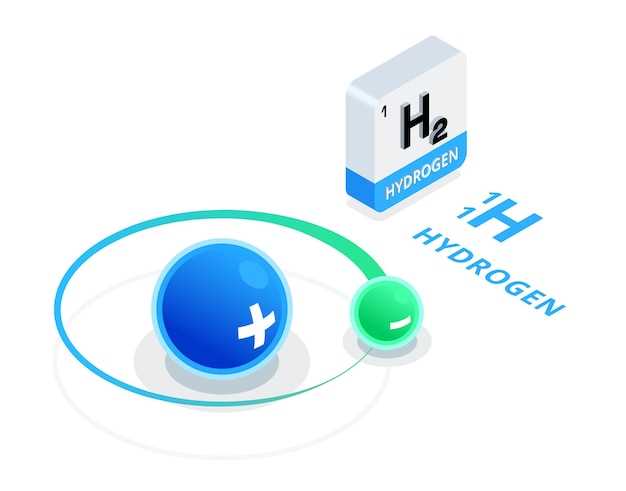
Tamsulosin HCl and Terazosin HCl are both popular medications used to treat symptoms of benign prostatic hyperplasia (BPH), but they work in slightly different ways. If you’re considering which one may be right for you, it’s important to understand the unique benefits and potential side effects of each.
Overview of medications
Both Tamsulosin HCl and Terazosin HCl are medications used to treat symptoms of an enlarged prostate, a condition known as benign prostatic hyperplasia (BPH). These medications belong to a class of drugs called alpha-blockers, which work by relaxing the muscles in the prostate and bladder neck, making it easier to urinate.
Tamsulosin HCl: Tamsulosin is a selective alpha-blocker that specifically targets the alpha-1 receptors in the prostate, resulting in better urinary flow and symptom relief. It is often preferred for its lower risk of side effects compared to other alpha-blockers.
Terazosin HCl: Terazosin is a non-selective alpha-blocker that also works by relaxing the smooth muscles in the prostate and bladder neck. It has been used for a longer time and has a well-established efficacy in treating BPH symptoms.
Both medications can be effective in managing BPH symptoms, but the choice between the two may depend on individual patient factors and preferences.
Indications and uses
Tamsulosin HCl and Terazosin HCl are both alpha-blockers used to treat symptoms of benign prostatic hyperplasia (BPH). They work by relaxing the muscles in the prostate and bladder neck, making it easier to urinate. Tamsulosin is commonly prescribed for BPH symptoms like difficulty urinating, frequent urination, and waking up at night to urinate. Terazosin may also be used to treat high blood pressure.
Indications and Uses
Tamsulosin hcl: Tamsulosin hcl is primarily indicated for the treatment of benign prostatic hyperplasia (BPH) in men. It helps to relax the muscles in the prostate and bladder neck, making it easier to urinate. Tamsulosin hcl is also used off-label to help pass kidney stones by relaxing the muscles in the ureter.
Terazosin hcl: Terazosin hcl is prescribed to treat high blood pressure (hypertension) and symptoms of BPH. It works by relaxing the blood vessels and the muscles in the prostate and bladder neck, helping to improve urine flow and reduce blood pressure.
Side effects and precautions
When taking Tamsulosin HCl or Terazosin HCl, it’s important to be aware of potential side effects and take necessary precautions.
Common side effects

Common side effects of both medications may include dizziness, headache, fatigue, and nasal congestion. These side effects are usually mild and tend to subside as your body adjusts to the medication.
Precautions
Before starting Tamsulosin HCl or Terazosin HCl, inform your healthcare provider about any allergies, medical conditions, or medications you are currently taking. It’s important to follow your doctor’s dosage instructions carefully and not exceed the recommended dose.
Effectiveness and comparison studies
When comparing Tamsulosin HCL and Terazosin HCL for the treatment of benign prostatic hyperplasia (BPH), several studies have shown that Tamsulosin is more effective in improving urinary symptoms and flow rates. A study published in the Journal of Urology found that patients treated with Tamsulosin experienced significant improvements in their International Prostate Symptom Score (IPSS) compared to those treated with Terazosin.
Another study published in the British Journal of Urology International compared the efficacy of Tamsulosin and Terazosin in relieving lower urinary tract symptoms associated with BPH. The results showed that Tamsulosin was superior to Terazosin in reducing symptoms and improving quality of life.
Overall, Tamsulosin has been shown to be more effective and well-tolerated compared to Terazosin in the management of BPH symptoms. However, individual responses may vary, and it is important to consult with a healthcare provider to determine the most suitable treatment option based on individual needs and health condition.
